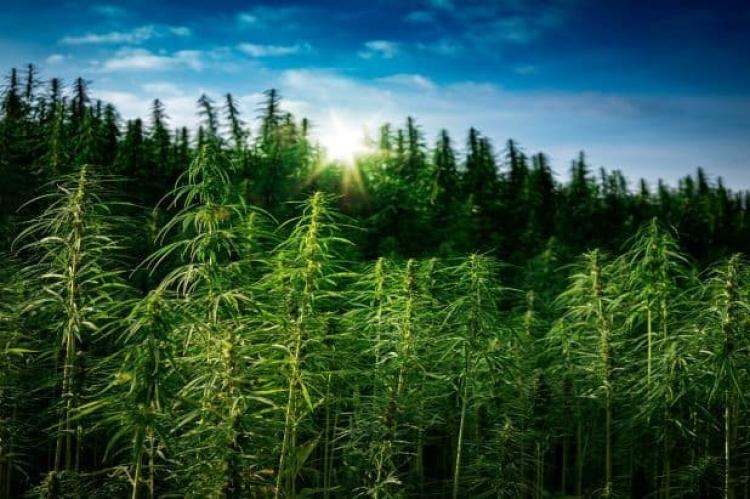Penn State Extension Offers Budget Models for Hemp Growers
Regardless of where you are on your hemp farming journey, financial planning is as important as your cultivation strategy. Launching a new business comes with a significant degree of risk: About 20% of startups with employees fail within their first year and 50% fail within 5 years, according to the Bureau of Labor Statistics, Business Employment Dynamics. The biggest risk factor? “Running out of money …,” according to Investopedia.
Proper budgeting, therefore, is key to survival. In that vein, staff at The Pennsylvania State University’s (PSU) College of Agricultural Sciences Extension—including research, horticulture and agricultural economics experts—created sample production budgets to help hemp farmers project expenses and income to estimate the profitability of their farming operations. While the budget models were developed in 2018 and 2019, Jeffrey S. Graybill, agronomy education at Penn State Extension, noted them as helpful resources for hemp growers during his presentation at the recent Cannabis Conference Virtual Conference Series’ Hemp Virtual Conference. Hemp Grower followed up with Graybill to learn more.
Production Output Budgets
Penn State experts developed three models:
- Industrial Hemp CBD Production Budget
- Industrial Hemp Grain Production Budget, and
- Industrial Hemp Fiber Production Budget.
The sample budgets allows farmers to fill in their variable costs, such as soil tests and other testing fees, fertilizer/soil amendments, seed, hand labor, grain or bale hauling, drying CBD biomass, diesel fuel for tractors, and more. Farmers also can fill in the quantity and the price they expect to garner for their CBD biomass, grain or fiber.
“I have worked through the spreadsheets myself to get a feel for them and how real-world they are. I think they can be a big help when both considering growing hemp and when planning and budgeting for the crop you have in the ground,” says Graybill.
However, Graybill suggests farmers should overestimate certain items, which can help avoid the cashflow problem some startups face.
“For the CBD budget, I think people need to consider the cost of harvest labor and possibly make it larger than the example ($750/acre),” says Graybill. “I think a lot of new growers have no idea how much labor will be needed and what the cost of it is.”
While labor costs should be considered for any farming operation, Lynn Kime, Ph.D., senior extension associate with expertise in agriculture economy, who was involved in creating the model production budgets, agrees that is it particularly important when growing for cannabinoids, such as CBD. “Grain and fiber production is done with equipment as a grain crop would be. CBD is more aligned with a horticultural crop which requires more hand labor,” says Kime. “The CBD budget includes much more labor costs than the grain or fiber production.”
The expected sale price for hemp products (whether biomass, fiber or grain) is another area that farmers should not only research upfront, but also monitor for changes over time, Graybill suggests. “We have had prices drop significantly, and the spreadsheet allows [farmers] to quickly see how the market can really affect their income potential.”
Additional information and guidelines for using the sample budgets can be found here for grain and fiber production, and here for CBD production.
- Log in to post comments

